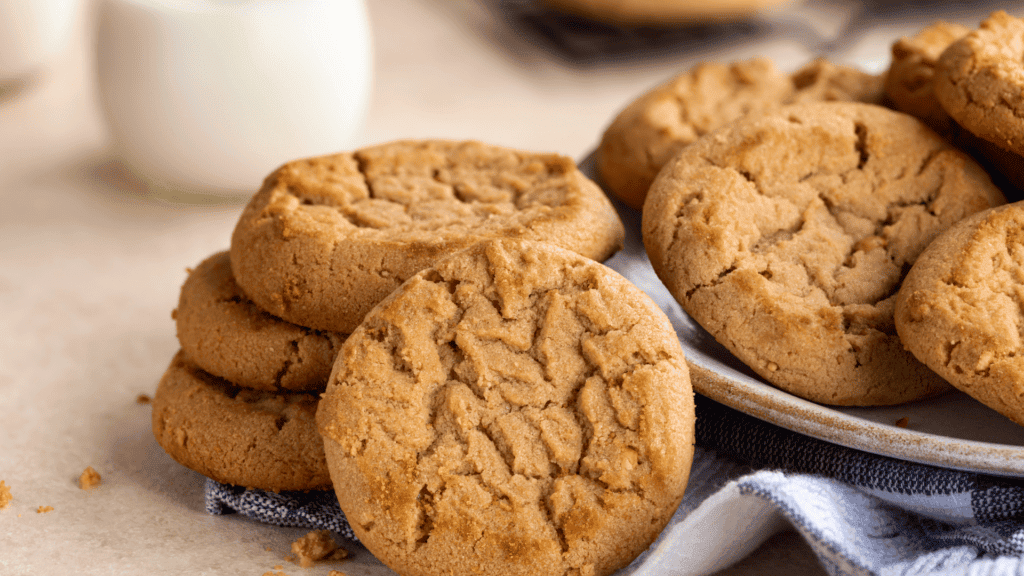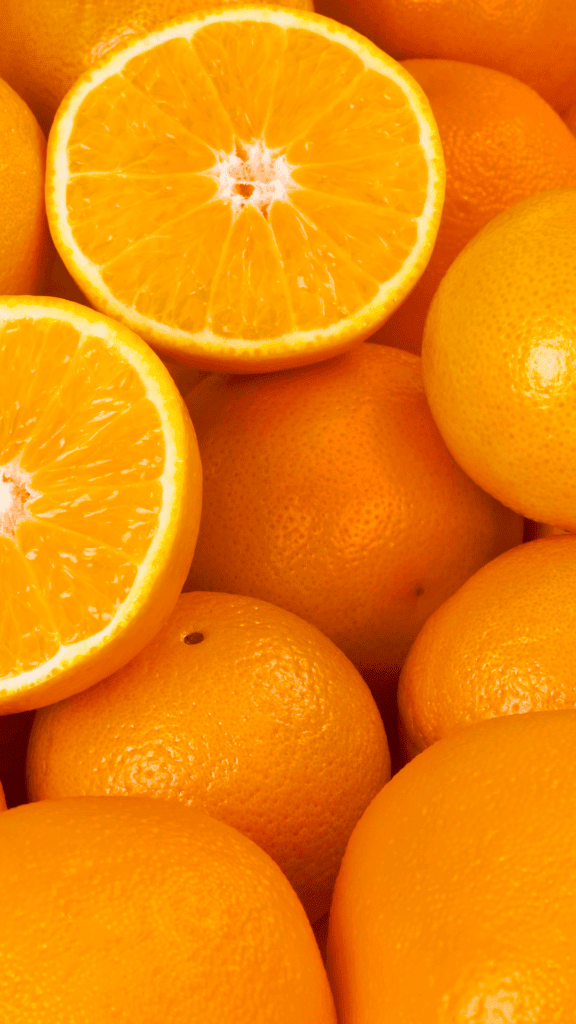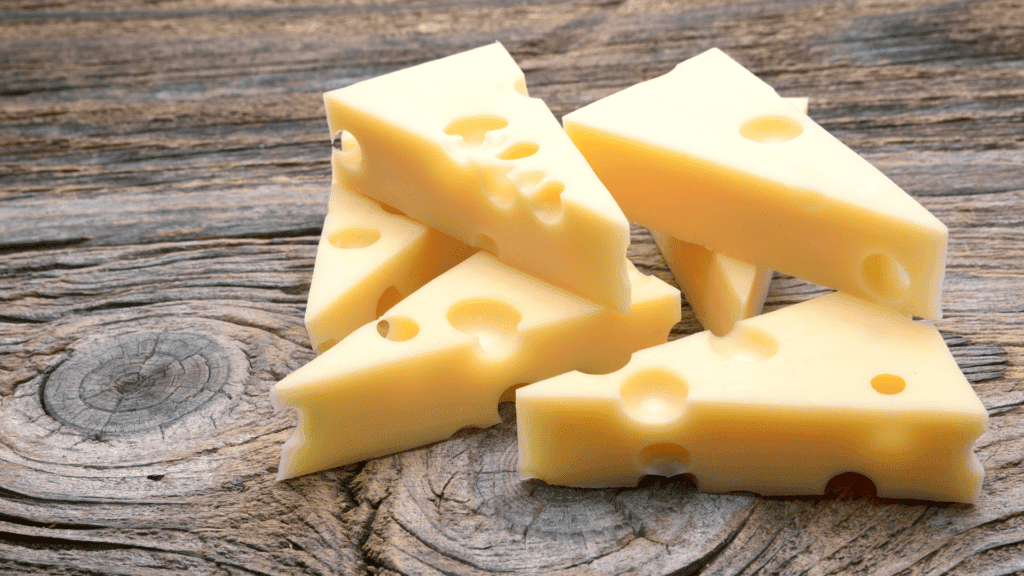It is often said that “scent is the strongest sense tied to memory.” How the smell of a cup of coffee in the morning or the aroma of a home-cooked meal can vividly bring you back to a different moment in time like nothing else. For many of us, whether that statement is empirically correct or not, it has always felt intuitively true.
Research from Northwestern Medicine reveals that this belief is more than mere intuition; rather, there appears to be a neurological basis for why odors end up so tightly tied to these memories. The study compared the connections between the hippocampus, the memory center of the brain, with the primary sensory areas of visual, auditory, touch, and olfactory (smell). According to their findings, olfaction has the strongest connectivity of the senses tested, or as they put it, “It’s like a superhighway from smell to the hippocampus.”
As fascinating as this is, what does scientific evidence for the Proust Phenomenon matter to food product developers?

For starters, so much of what we colloquially think of as ”taste” is actually dependent on olfaction, with some estimates coming in somewhere around 80% of “taste” actually being a result of odors or aromas.
From a consumer perspective, products or odors that can trigger positive memories and associations from their past or childhood have the power to create strong emotional connections. Which, simply put, is very big for brands.
Creating memorable flavors capable of building these connections has to start from the ground up. This is something I firmly believe and am reminded of every time I smell caraway…
Molecular Structures Drive Functional Characteristics

If you ask any flavor scientist, they will probably have a similar or equally memorable “Aha!” moment when they realize how even the slightest difference at the molecular level can have a significant impact on how flavors and odors are perceived.
As part of my practical Food Chemistry courses sat the University of Wuerzburg in Germany, one of our experiments was to see this firsthand by extracting the oil of orange peels and isolating the cyclic monoterpene limonene, the molecule primarily responsible for the characteristic “citrus-y” notes.
From there, by simply adding one additional oxygen atom to the (R)-limonene structure, we converted it to (S)-carvone, suddenly changing the odor from citrus to that of caraway. To put it scientifically, I found this amazing!
Taking it one step further, we converted the (S)-carvone to the nearly identical (R)-carvone, which transformed the aroma of caraway into the distinct scent of spearmint.
Understanding how almost identical molecules can trigger incredibly different olfactory receptor responses and, subsequently, different odor perceptions is critical in our role as flavorists and food scientists.
It is also an essential piece to unlocking the complexity of winning flavors.
Flavor Complexity From the Ground Up
While consumers often understand or perceive “flavor” as the finished product or a specific ingredient therein, the reality is that each flavor and profile is typically a complex mixture of various components.
While there are some character impact compounds that can “carry” entire flavor sensations (e.g., vanillin-vanilla, maltol-caramel, benzaldehyde-almond/cherry, methional-potato), more often than not, especially with dairy, flavors can be viewed as “modular systems.”
Achieving success requires us to understand not only the components responsible for each note in the original product (cheese, milk, yogurt, etc.) but also how they interact with one another at different combinations, ratios, and in an application as a finished flavor.

Sometimes Less is More:
For example, the concentration of these compounds can significantly affect the way a flavor is perceived. However, the thresholds of whether or not these are viewed as a positive flavor quality or an off-note can vary by molecule and your desired profile.
One example is furfuryl mercaptan which at low concentrations produces desired coffee, roasted, or eggy notes, while at higher levels can create more onion, garlic, or even skunk-like off-notes.
Moreover, the ideal thresholds of each given compound are heavily impacted by their respective potency.
2-isobutyl-3-methoxy pyrazine (pepper), for example, is extremely potent at very low levels of just 0.002 ppb (in water). Compare this to vanillin (vanilla), which presents a much higher threshold for optimal taste perception at 2 ppm (in water), and you are looking at a 1,000,000-fold difference in their respective optimal threshold.

Building for Plant-Based:
While all flavors require a deep understanding of this complexity, plant-based and dairy-free solutions take the concept of building dairy flavors from the ground up to its most literal interpretation.
If the challenge of producing truly authentic and delicious dairy profiles without the use of any dairy seems difficult, that’s because it is. But our talented and experienced team of scientists and flavorists here at Edlong never ceases to amaze me with what they are able to achieve.
Recently members of our team have been working to create a plant-based flavor that can deliver an excellent Emmental profile, one of Europe’s most iconic cheeses. I tasted the different components one at a time, and while none of them moved the needle individually, combined, wow! It was a wonderful symphony of cheesy, buttery, cultured, and savory notes.

Although all of these ingredients were plant-based, it felt like I had just bit into a real Leerdammer cheese, a popular European cheese very similar in taste and appearance to Emmental; one of my favorite cheeses from my childhood.
In addition to this being an example of how skilled our scientists and flavorists are, it was also a reminder of why we strive to make delicious products in the first place.
The Human Element:
While truly understanding each component of a flavor and how to create the most delicious profiles possible is our specialty here at Edlong, we always try to remember why we do it.

Because food matters. As developers, we need to understand that on top of addressing our consumers’ functional food needs, providing positive nutrition, etc., it’s also important to empathize with their emotional needs as well.
Working with flavor experts that know how to translate consumer insights and liking into proper sensory language is crucial for creating a product that not only delivers on your target flavor profile but is one that your consumers will never forget.
About the Author: Dr. Bernd Koehler, Global VP of R&D
Bernd has more than 20 years of international leadership experience in the food and analytical services industries, including Mars-Wrigley and McCain Foods. He is known for his ability to align technical capabilities with business needs using scientific methods, data, and creativity. He also has a passion for blending people and technical expertise to fuel growth and profitability. Bernd received his Dr. rer. nat. degree in Food Chemistry from the Bavarian Julius-Maximilians-University in Wuerzburg, Germany.
Topics: Cultured flavorsDairy flavorsInnovationMasking & mouthfeelMilk flavorsPlant-BasedSweet dairy flavors
Resource Type: Article
Resource Region: EUUS
